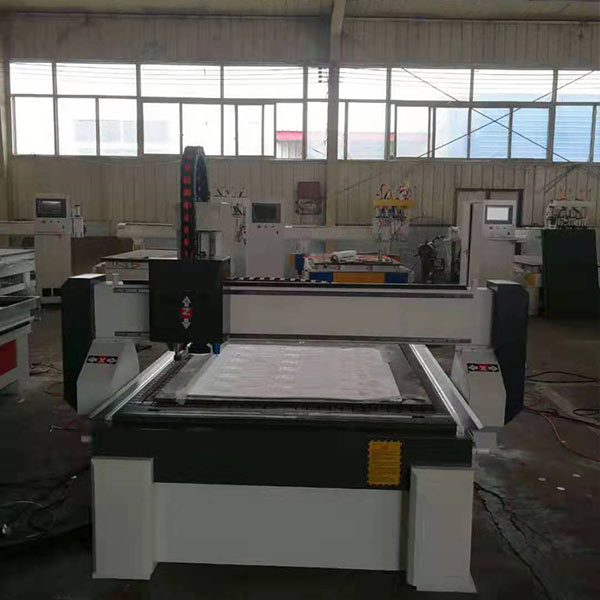

The production of an integrated edge inspection vibrating knife machine requires consideration of multiple steps, including design, procurement of materials and accessories, and assembly of the machine. Here is a rough introduction:
1. Design phase: Determine the specific specifications and technical parameters of the equipment based on requirements, such as cutting speed, accuracy, and required driving devices. Some mechanical design and programming knowledge may be required in this process. 2. Material selection process: It is necessary to purchase appropriate metal sheets and other components to construct the main structure of the equipment, such as brackets, oscillator motor bases, etc. At the same time, it is necessary to choose a suitable blade as one of the key components. 3. Automation control part: This part may involve using PLC (programmable logic controller) for circuit connection and debugging to achieve automatic start stop and other preset functions. 4. Installation and usage training: After completing the assembly of all components, testing is required to ensure that everything works properly and provide users with sufficient operational guidance.
Overall, the manufacturing process of a touring vibrating meat slicer requires a deep understanding of the properties of various materials and familiarity with the use of related tools in order to successfully produce this product. The specific details may vary depending on actual conditions, so it is recommended to seek assistance from individuals or institutions to avoid potential losses or risks in production. The above content is for reference only. If you want to learn more information, we suggest you consult books or technical personnel.


